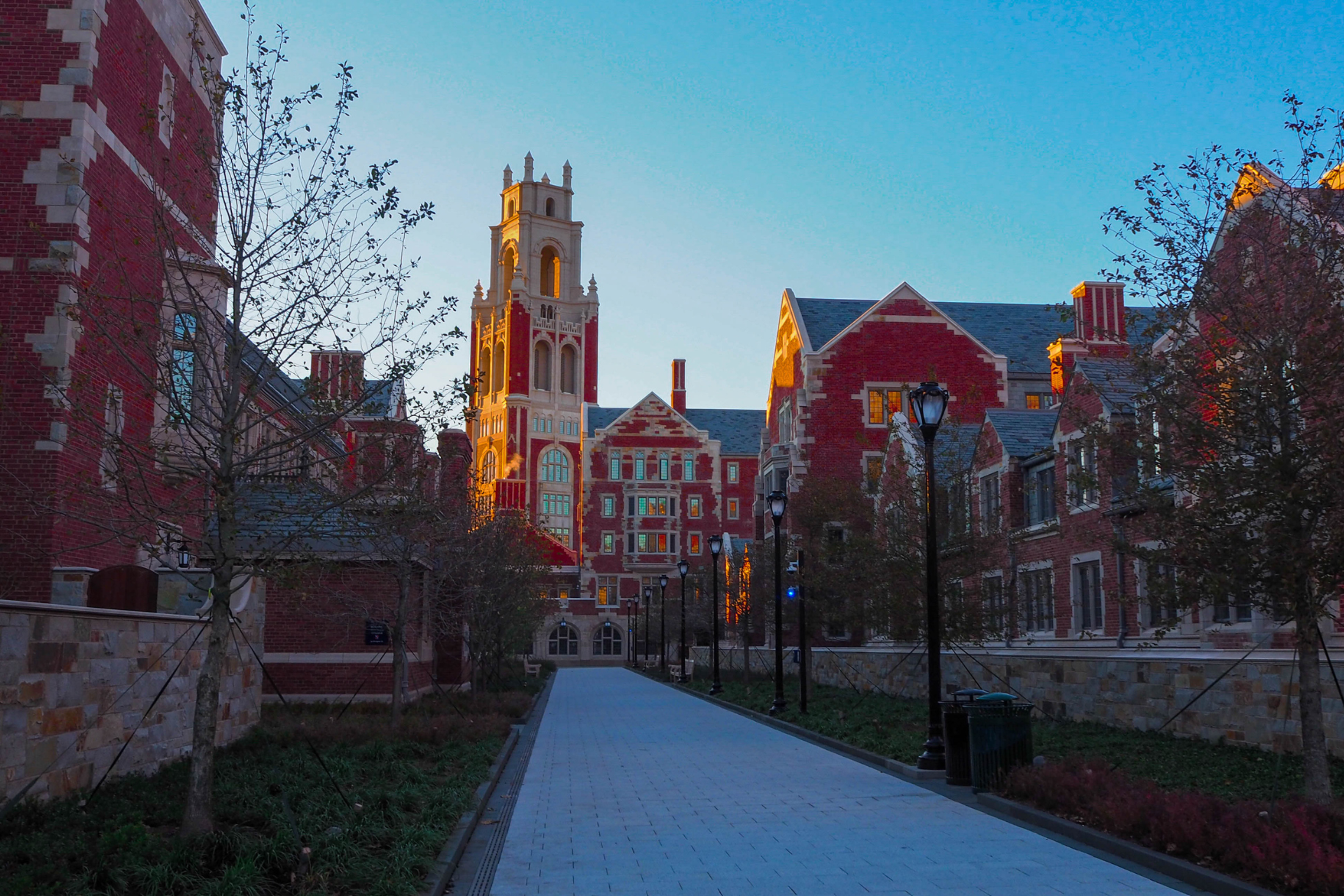Leland Library
Expert-written articles, free resources, detailed guides, and more to help you accomplish your goals.

January 13, 2026
What is an MBA Degree? An Expert Guide (2026)
The ultimate guide to MBA degrees, this article covers what an MBA is, the different types of programs, cost breakdown and financing options, curriculum and specializations overview, benefits and key factors to consider, and much more.

January 12, 2026
Finance Internships for College & High School Students (2026)
Calling all finance freshmen. Get practical tips to prepare for a finance internship and insights into top finance roles now accepting applications.

January 12, 2026
How Long Does it Take to Hear Back From a Job?
Wondering how long it takes to hear back from a job? Learn average response times, why hiring managers delay, and how to send a professional follow-up email.

January 8, 2026
Top 10 Deferred MBA (2+2) Programs in the US (2026)
Aiming for an MBA, even while you're still in college? Perfect, learn all about deferred admission MBA programs like HBS 2+2 and receive key insights into the application process.

January 2, 2026
How to Get Into the Meta RPM Program (2026)
Learn how to get into the Meta RPM Program in 2026 with our step-by-step guide. Discover eligibility, tips, and key insights to boost your application success.

December 29, 2025
Harvard Business School New MBA Essay Prompts (2026)
Explore the new Harvard MBA essay prompts for 2026 and get actionable tips to craft compelling responses that boost your HBS application.

December 5, 2025
Top 10 College Essay Tips From Former College Admissions Officers
Get expert-backed college essay tips from former admissions officers. Learn what actually stands out, and how to write essays that get you admitted.
Recent articles

January 14, 2026
Venture Capital Recruiting: Everything You Need to Know (2026)
Learn everything you need to know about venture capital recruiting, from the process to acing interviews and landing your dream VC job.

January 14, 2026
The Top 5+ Cybersecurity Mentors (2025-2026)
Discover the top Cybersecurity Mentors in 2025-2026. Expert coaches with proven success in delivering cybersecurity advice to applicants and companies alike.

January 14, 2026
UChicago Law Interview Guide: Questions, Tips, and Timeline (2026)
Get ready for your University of Chicago Law School interview with our comprehensive guide.

January 14, 2026
University of North Carolina (UNC) Acceptance Rate – Breakdown by School & Trends (2026)
Curious about the University of North Carolina at Chapel Hill acceptance rate? See updated 2026 data, in-state vs. out-of-state odds, and key admissions trends.

January 14, 2026
Is Nursing School Hard? What to Know in 2026
Wondering how hard nursing school is in 2025? Discover the challenges, coursework, clinical training, and key strategies to succeed in your nursing education!

January 14, 2026
TMDSAS Personal Characteristics Essay: The Ultimate Guide (2026)
Get expert guidance on writing your TMDSAS Personal Characteristics Essay with tips, examples, and strategies to stand out in your medical school application.

January 14, 2026
Private Equity Interviews: The Ultimate Guide (2026)
Looking to land your dream job in private equity? This article provides expert tips and insights on how to prepare for and succeed in your next interview.

January 14, 2026
Top 10 Data Science Mentors (2026)
Discover the top 10 Data Science Mentors in 2026. Expert coaches with proven success in delivering data science advice to applicants and companies alike.

January 14, 2026
Top 10 Code Mentors (2026)
Discover the top 10 Coding Mentors in 2026. Expert coaches with proven success in delivering coding advice to applicants, employees, and companies alike.

January 13, 2026
Yale School of Medicine: Acceptance Rate Overview (2026)
Discover the latest acceptance rate overview for the Yale School of Medicine in 2026.